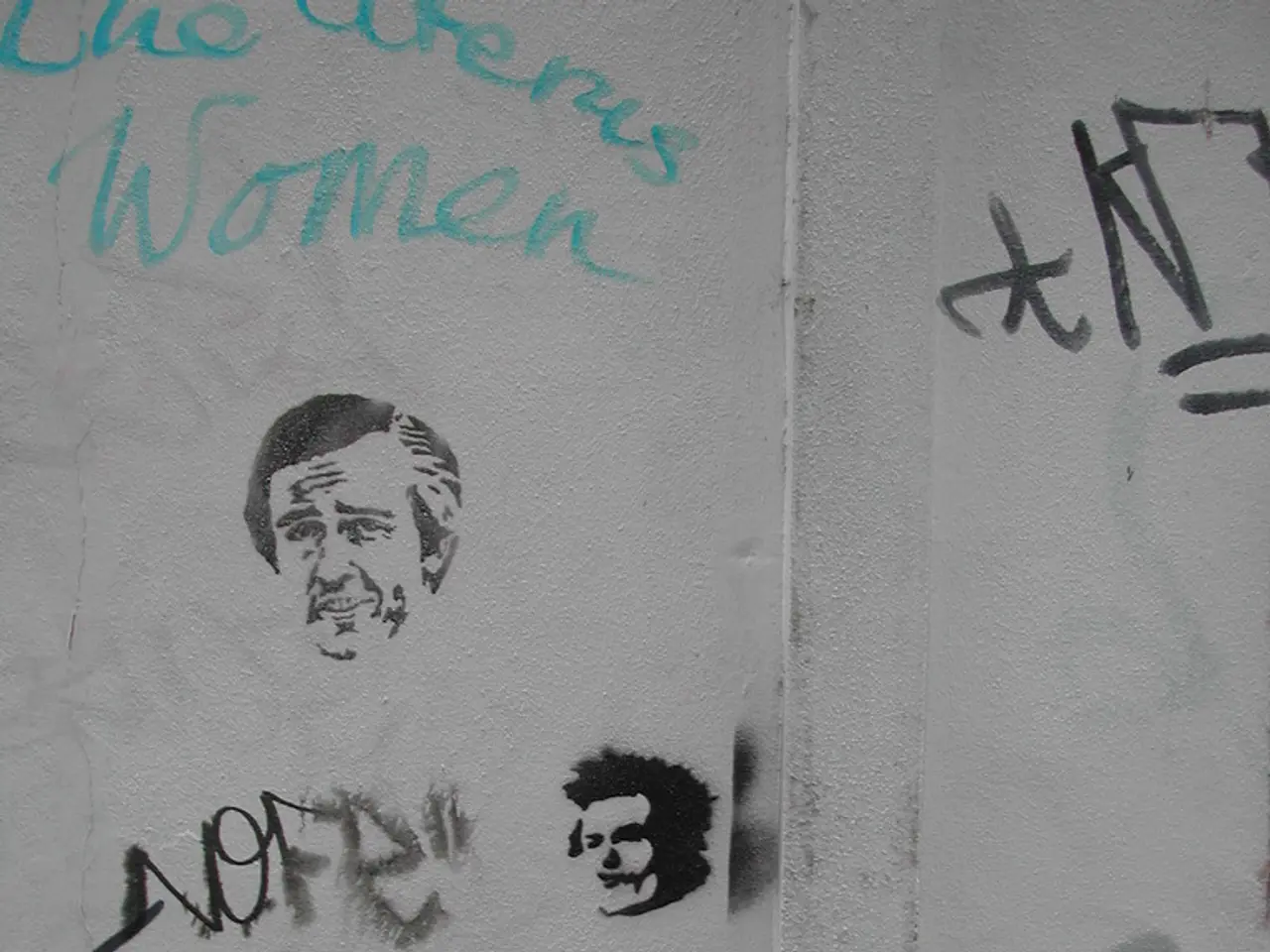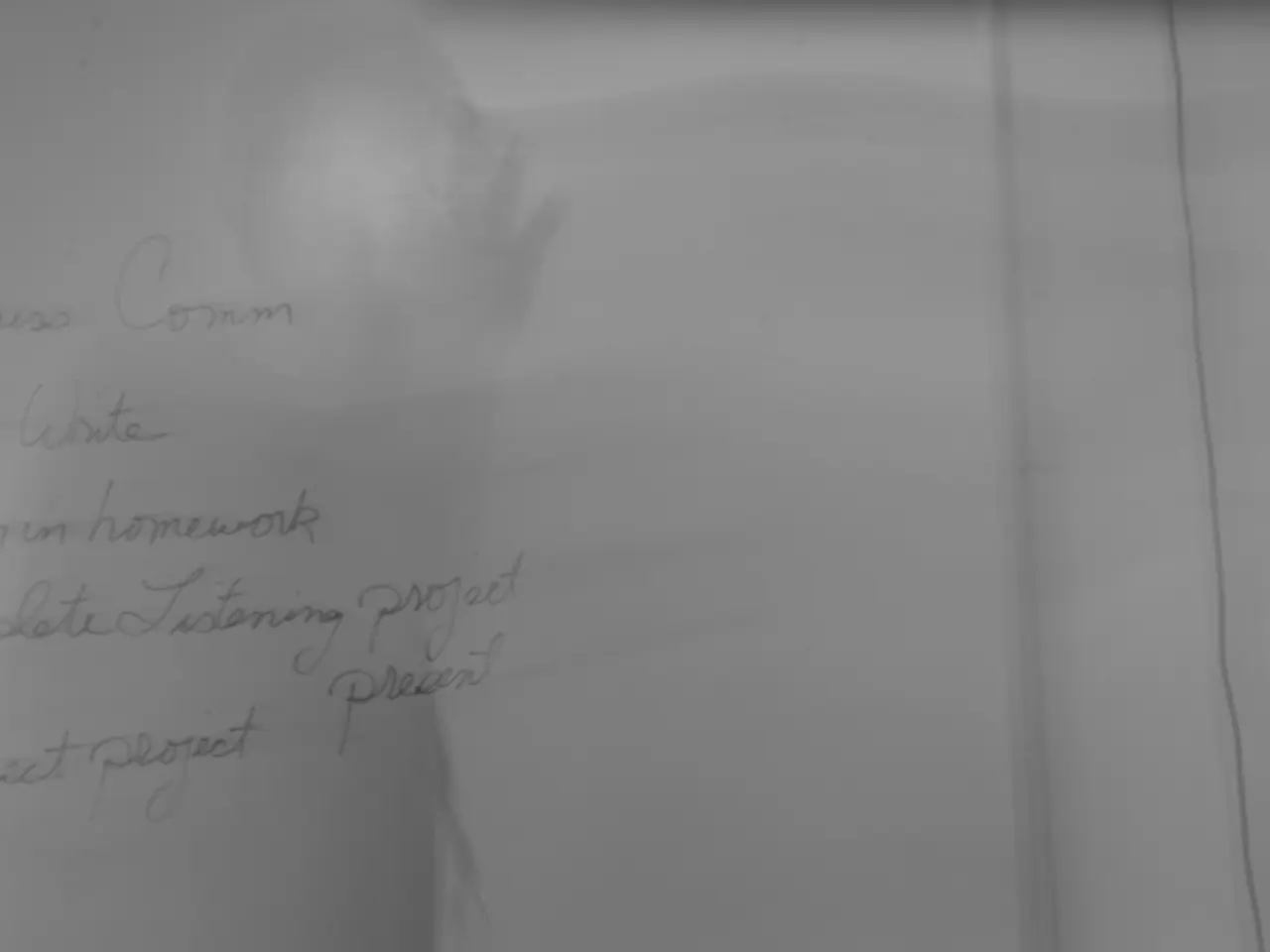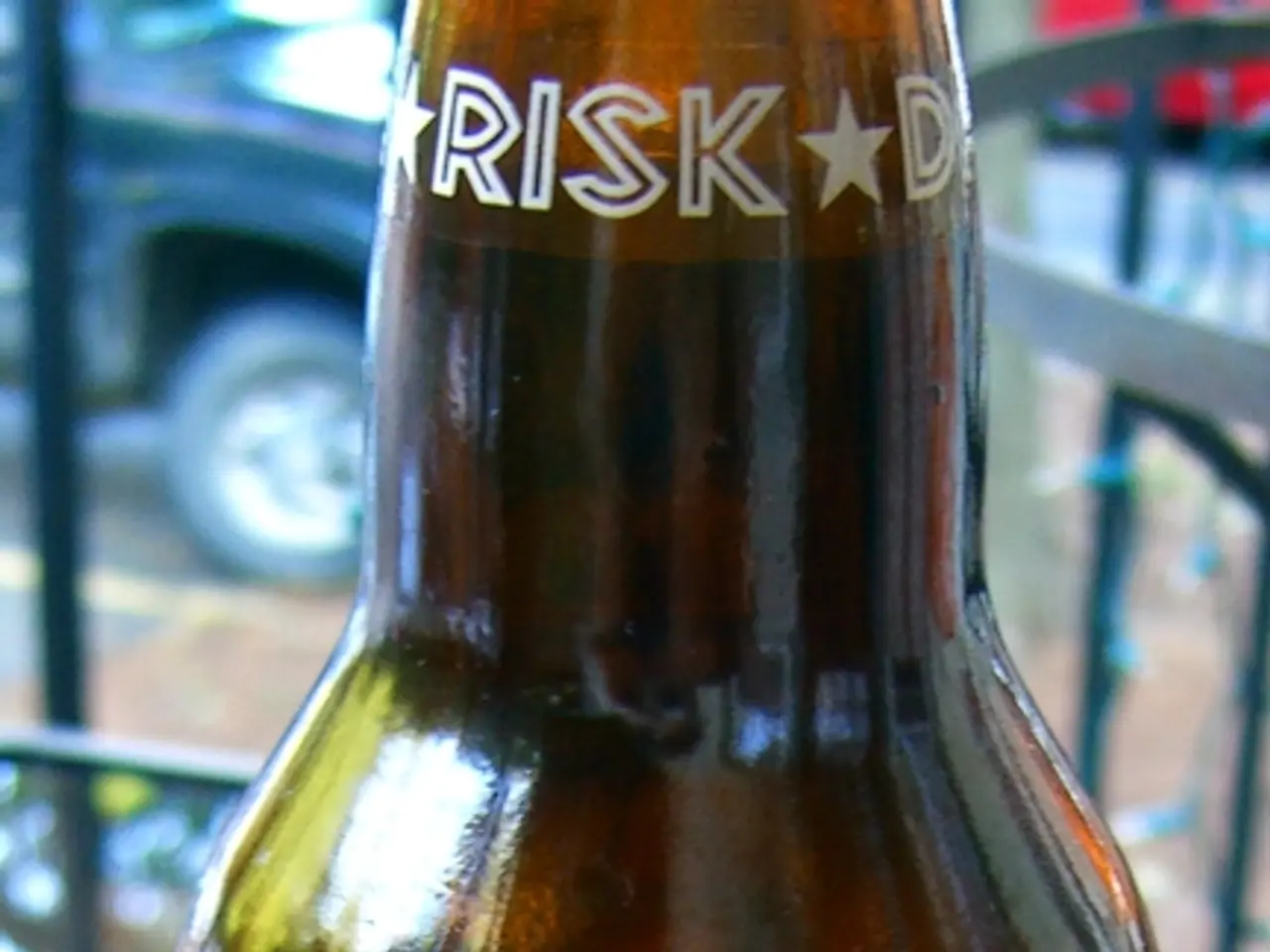Reduced significantly: The playing fields at the refugee center, funded by millions, will undergo a substantial diminution.
In a significant shift, the border management systems in the Austrian towns of Spielfeld and Nickelsdorf are undergoing dismantling. Four tents are being removed from each location, marking a change in the country's approach to border control.
This move comes amidst a decline in illegal border crossings. Data from June 2022 and June 2025 shows a substantial drop, with 10,700 apprehensions in 2022 compared to only 1,100 in 2025.
Over the years, approximately €18 million has been invested in infrastructure and border management at the Spielfeld and Nickelsdorf border crossings. This investment, made between 2015 and 2023, was aimed at strengthening border controls and improving facilities at these key points.
The reduction in border facilities is also reflected in the federal care facilities. The number of facilities could be reduced to eight, a significant decrease from the 30 still in operation in autumn 2022.
The Styrian FPÖ provincial governor, Mario Kunasek, called for the closure of the tent city in Spielfeld in April. He argued that the tents were a burden on tourism, symbolising a failed welcome culture, and had not contributed to the beautification of the landscape.
In October 2022, the "waiting zone" in Spielfeld was used as an alternative station for the overloaded Nickelsdorf, accommodating a total of 2,442 people for up to eight days before they were moved to other accommodations. The "waiting zone" was closed at the end of March 2023, and Spielfeld has been empty since then.
The decrease in asylum applications is also evident. In the first half of 2025, 8,637 asylum applications were submitted, a decrease of around one third compared to the first half of 2024, when 13,634 applications were submitted.
Interestingly, a 4-kilometer border fence, hastily erected in 2015/16, still stands. It costs around 68,000 euros for regular maintenance to prevent overgrowth.
These changes in border management and facilities in Spielfeld and Nickelsdorf reflect a broader shift in Austria's immigration policy, as the country continues to grapple with the challenges of managing its borders while maintaining a welcoming and sustainable approach.
- The decline in illegal border crossings observed in Austria from 2022 to 2025 has led to a reevaluation of the country's industry, finance, and business investments in border control, specifically at the Spielfeld and Nickelsdorf border crossings.
- Amidst these changes, the general-news landscape in Austria is abuzz with discussions on the implications of the reduction in border facilities and federal care facilities for the country's politics and its approach to immigration.
- The shift in border management in the United States, which has been grappling with similar issues, could provide valuable insights for Austria as it navigates its responsibility to maintain effective border controls while fostering a welcoming and sustainable approach.




